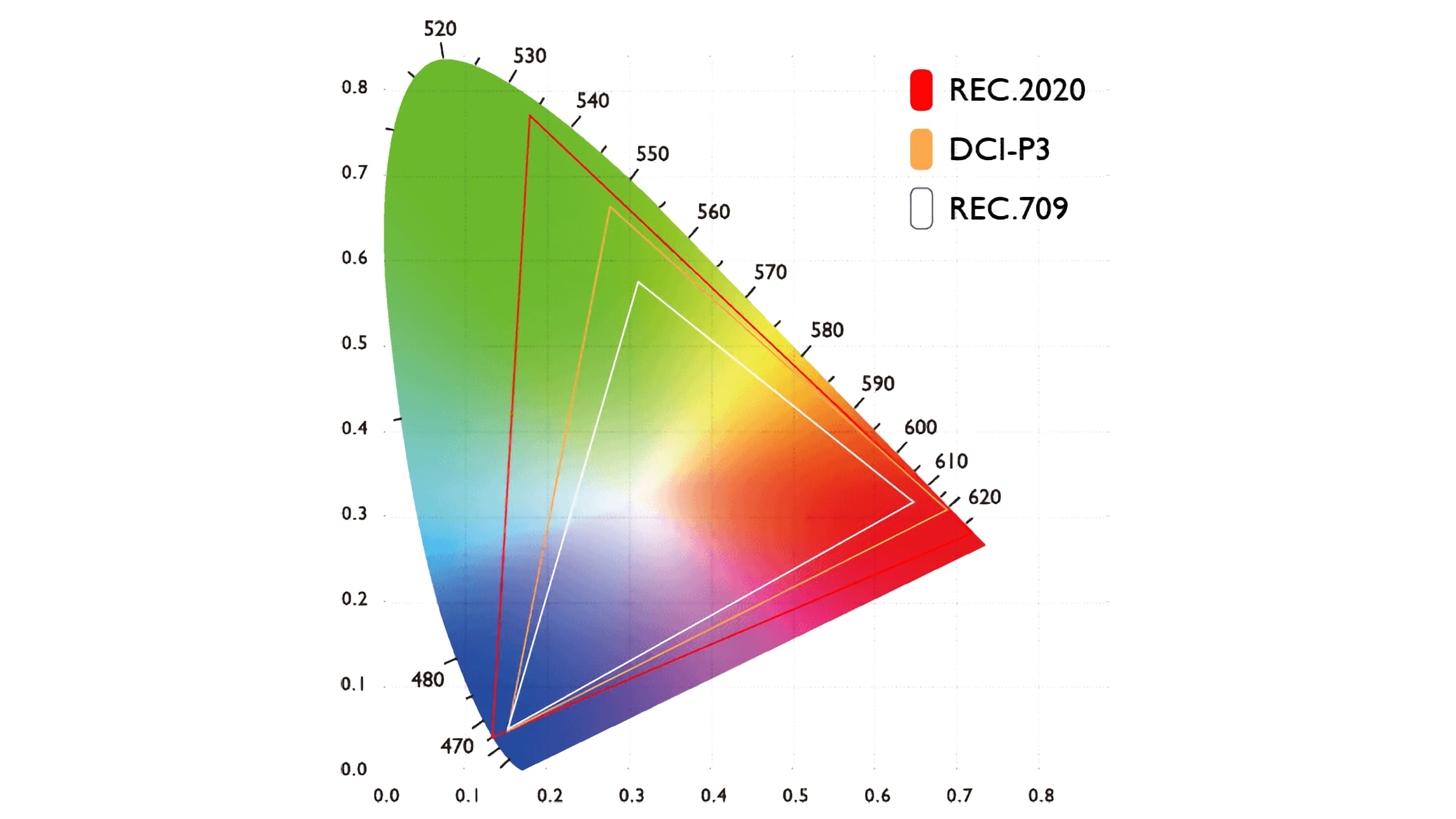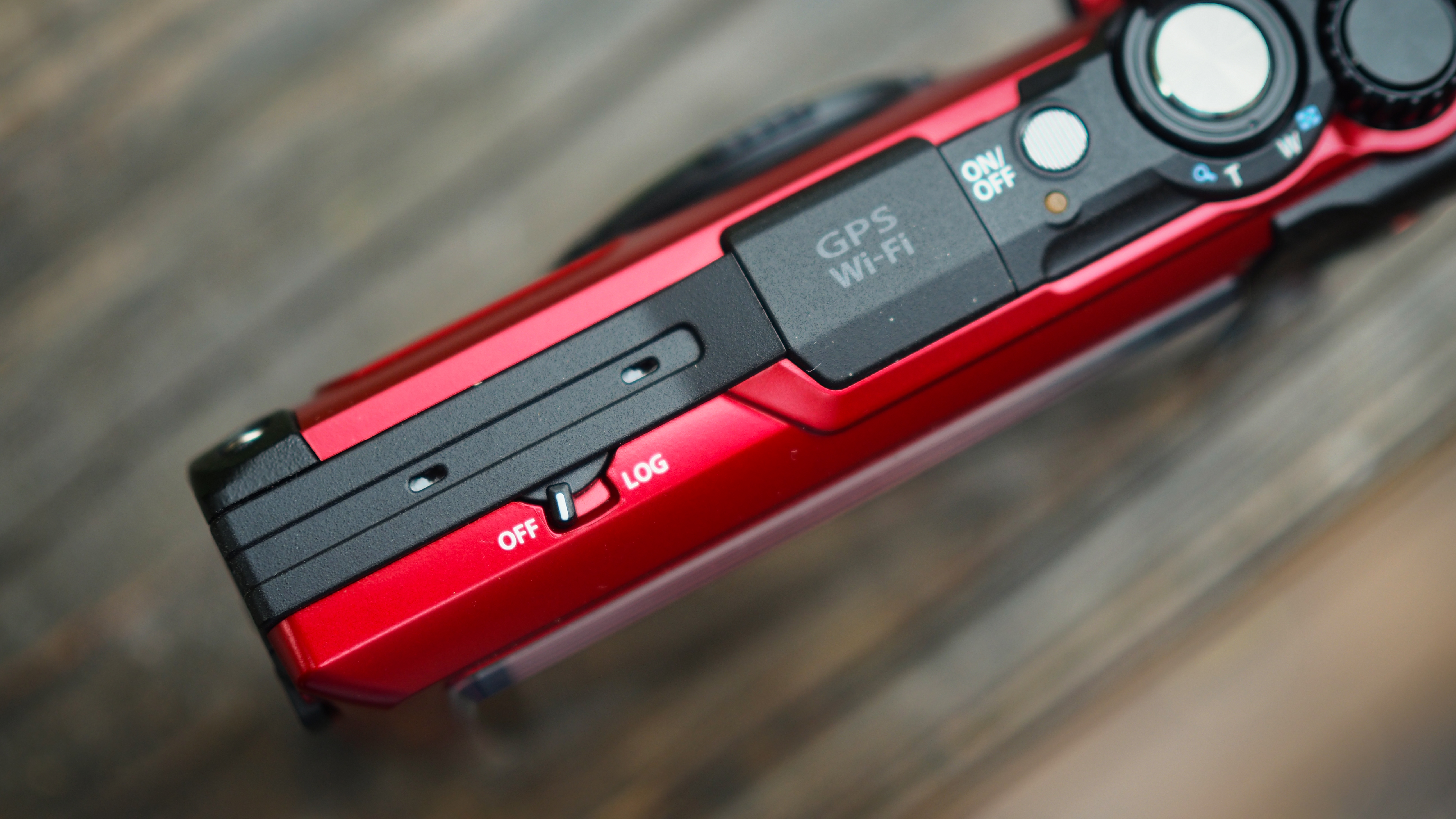What is Rec.709 vs Rec.2020 in video?
These are two different color spaces in video production, so which is the one you should be using?

If you're wondering what is Rec.709 vs Rec.2020, perhaps the easiest way to think of it is the video equivalent of photographic color space.
Rec.709 is an older standard that’s used widely by TVs, monitors and other display devices. It has a somewhat limited color gamut and dynamic range, but it’s a reliable lowest common denominator when sharing video with the widest possible audience. It’s the video equivalent of the sRGB color space in photography.
Rec.2020 is a much newer standard that supports the latest generation of HDR TVs, computer monitors and the screens on the best smartphones and tablets. This color space can reproduce a much wider dynamic range and a much richer, wider range of colors. It also supports 10-bit and even 12-bit video, so you don’t just get a wider color range, you get smoother tonal transitions between these colors.
What is Rec.709 vs Rec.2020 – and which should you use?
There’s little doubt that Rec.2020 is a superior color space that reflects where digital displays and user requirements are heading, However, we are in a kind of transition period where large sections of the audience are using older displays that can’t accommodate its wider dynamic range and color gamut. So what happens here?
Typically, the extra colors and tonal range are ‘compressed’ to fit the more limited gamut of the older display, so you can still watch the video but it might look a bit flat and dull.
It’s still fine to shoot and edit video in the Rec.2020 color space to make the most of the extra colors and dynamic range, but you might want to think carefully about the color space to use when rendering your video for wider distribution.
Awkwardly, as you'll see from our diagram above, there is a third competing color space called DCI-P3, which you'll see mentioned a lot with the displays on mobile devices and monitors.
The best camera deals, reviews, product advice, and unmissable photography news, direct to your inbox!
It's been developed by a different standards body (Digital Cinema Initiatives organization) and it has a color gamut roughly halfway between Rec.709 and Rec.2020.
So where’s the Rec.2020 option on your camera?
Hybrid cameras don’t typically present Rec.709 and Rec.2020 as either/or options in the same way they do with the sRGB and Adobe RGB color spaces for still images. Instead, the video color space is tied in with the video settings you choose. One of the reasons for this is that the Rec.709 color space is 8-bit, not 10-bit.
So, for example, if you record basic 8-bit video, it’s probably going to be in the Rec.709 color space – but if you swap to 10-bit or log recording, it will be in the Rec.2020 color space. However, camera makers are sometimes pretty vague about what color space their log profiles use, and often don’t refer directly to Rec.709 and Rec.2020 at all, which doesn’t help us much.
The bottom line is that Rec.2020 is a much more modern color space better suited to high-quality, high-dynamic range content, but it does rely on newer HDR displays to reveal its potential.
You might want to future-proof your video content by shooting in Rec.2020 even if you export your videos, for now, in the Rec.709 color space. There are conversion LUTs (conversion profiles) for swapping color spaces in video editors.
You might also like…
Check out the best cameras for video to see the all-rounders. Serious about shooting? Take a look at the best cinema cameras and the best cameras for filmmaking. Interested in content creation? Try the best cameras for vlogging.

Rod is an independent photography journalist and editor, and a long-standing Digital Camera World contributor, having previously worked as DCW's Group Reviews editor. Before that he has been technique editor on N-Photo, Head of Testing for the photography division and Camera Channel editor on TechRadar, as well as contributing to many other publications. He has been writing about photography technique, photo editing and digital cameras since they first appeared, and before that began his career writing about film photography. He has used and reviewed practically every interchangeable lens camera launched in the past 20 years, from entry-level DSLRs to medium format cameras, together with lenses, tripods, gimbals, light meters, camera bags and more. Rod has his own camera gear blog at fotovolo.com but also writes about photo-editing applications and techniques at lifeafterphotoshop.com
You must confirm your public display name before commenting
Please logout and then login again, you will then be prompted to enter your display name.
